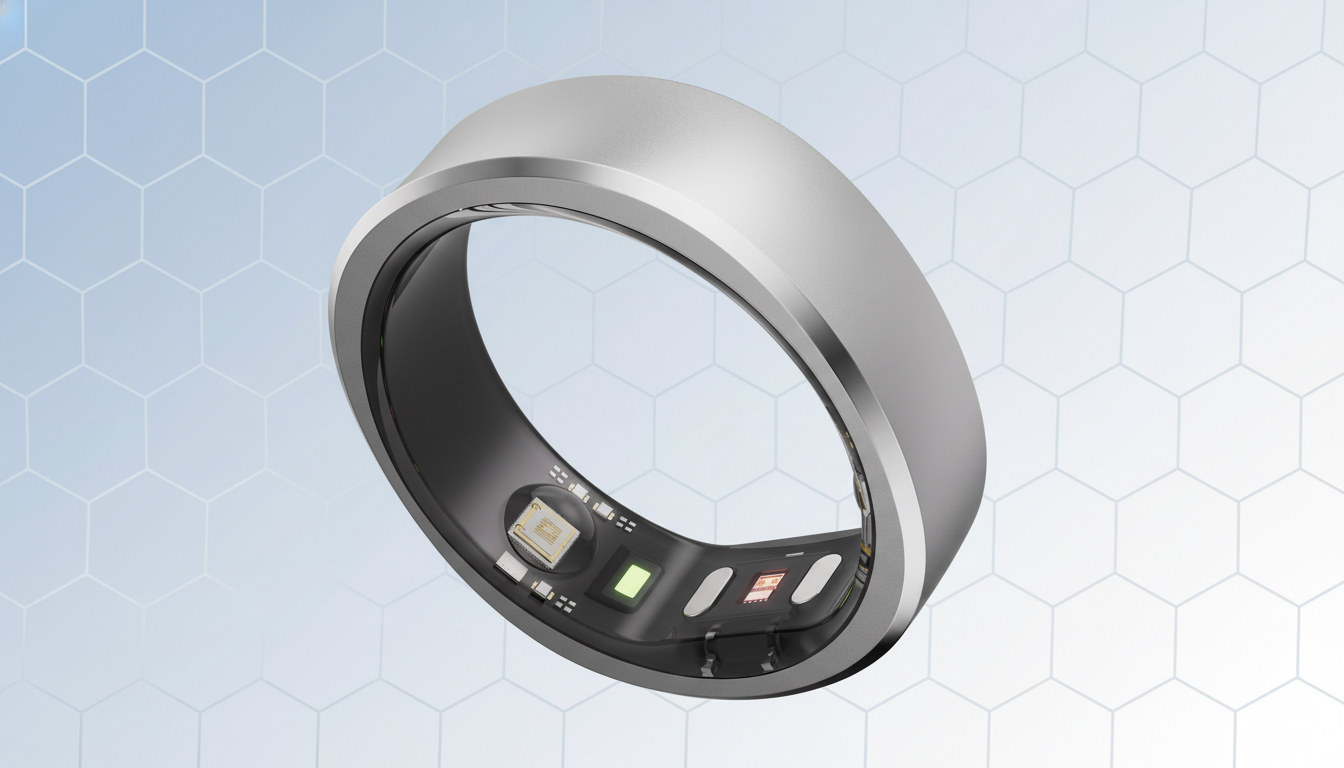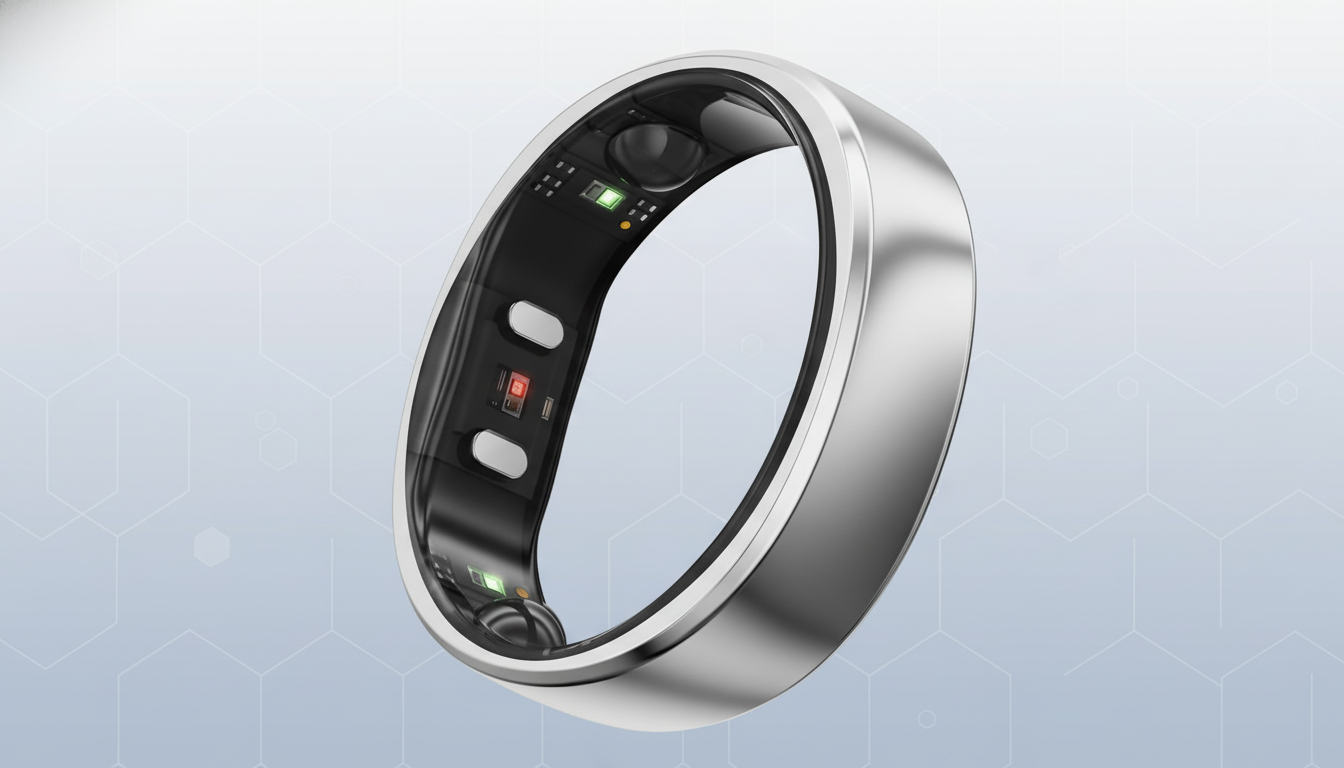RingConn’s health-tracking ring remains on our radar, and it is available for purchase in the US despite major patent tussles with Oura. The rationale is simple: RingConn and Oura have settled their licensing dispute, allowing sales to proceed in the US for now, while a related order from the US International Trade Commission blocks a competing brand.
Why RingConn Is Still Available for Sale in the US
Oura and RingConn reached a patent licensing agreement to put to rest their legal feud, enabling RingConn to continue importing and selling its smart rings in the US. As part of the deal, RingConn will pay royalties to Oura, a typical resolution in hardware IP disputes when a design or form factor is at play. The deal effectively transforms a potential halt to sales into a business arrangement that allows retail channels, including big online marketplaces, to continue uninterrupted.

Ultrahuman, by contrast, the other brand named in the same US International Trade Commission proceeding, does not have a similar license in place. This means Ultrahuman now faces an ITC cease-and-desist and import restriction that can prevent new inventory from entering the country or require product redesigns or feature changes for devices already on the market. The ITC’s remedies are enforced at the border by US Customs and Border Protection, giving these orders real commercial bite.
What the ITC Ruling Entailed for Smart Rings
The ITC ruled that some smart rings violated an Oura patent on a ring form factor and design elements. Although utility claims for wearables typically revolve around sensors, algorithms, and power management, this fight demonstrates that the physical design and organization of components can be just as highly guarded. Oura has established a large portfolio of IP around its ring design, and the commission’s decision validates that competitors will have to either design around these claims or take a license.
Oura has publicly portrayed rival development efforts as an overreach, referencing research that it says documents unfair tactics in the race to market. The real-world result is clear: without a license, you cannot keep selling in the US when infringement is found by the ITC. Ultimately, making a deal allows the process to restart: licensing a product like RingConn creates a path to future sales—though one may have been closed or never existed before—with whatever impact on margins comes in the royalties to be paid.
What Buyers Should Expect from RingConn in the US
For customers, the license means RingConn devices can be sold and shipped in the US and should still receive app support and firmware updates. RingConn’s pitch has been an Oura rival that doesn’t require a subscription and carries a lower upfront price than Oura’s flagship ring, which usually sells in the low- to mid-three-hundreds and requires a paid membership for full metrics. RingConn monitors staples such as sleep trends, resting heart rate, and heart rate variability, delivering the basic ring experience that many people want without any subscription charges.

If you’ve been eyeing an Ultrahuman ring, the ITC order imposes murky restraints on new imports and could require design changes.
That can be felt downstream in availability, warranty logistics, and feature continuity. The contrast between the two rivals illustrates an important consumer lesson: a brand’s IP stance has a direct impact on stability and long-term service accessibility.
What This Means for the Smart Ring Market Overall
Licensing is coming to serve as the market’s safety valve. Oura has notched a multiyear patent licensing deal with Omate, which serves to demonstrate that cooperation as much as courtroom battles are in the cards for the future of ring innovation. For newcomers, the options seem obvious: spend on real design differentiation, or strike early deals to license technology—or face running into a regulatory brick wall after launching.
For Oura, the IP enforcement preserves R&D investments and creates licensing revenue. For licensees like RingConn, the bargain is clear: bear the royalty to guarantee access to the biggest wearables market in the world. As big tech seeks its way into smart rings and established players polish their approaches, you can also expect more patent licensing to bring goods to market across borders without pause.
Bottom Line: Why RingConn Is Still on Sale in the US
RingConn’s US fans can still purchase the ring because the company worked out a patent-licensing agreement with Oura, circumventing an ITC enforcement stalemate. Ultrahuman doesn’t have such a deal and remains restricted. It’s a sharp reminder that, in the world of wearables, intellectual property isn’t just a legal asterisk—it’s part of what decides what you ultimately find on your doorstep.

